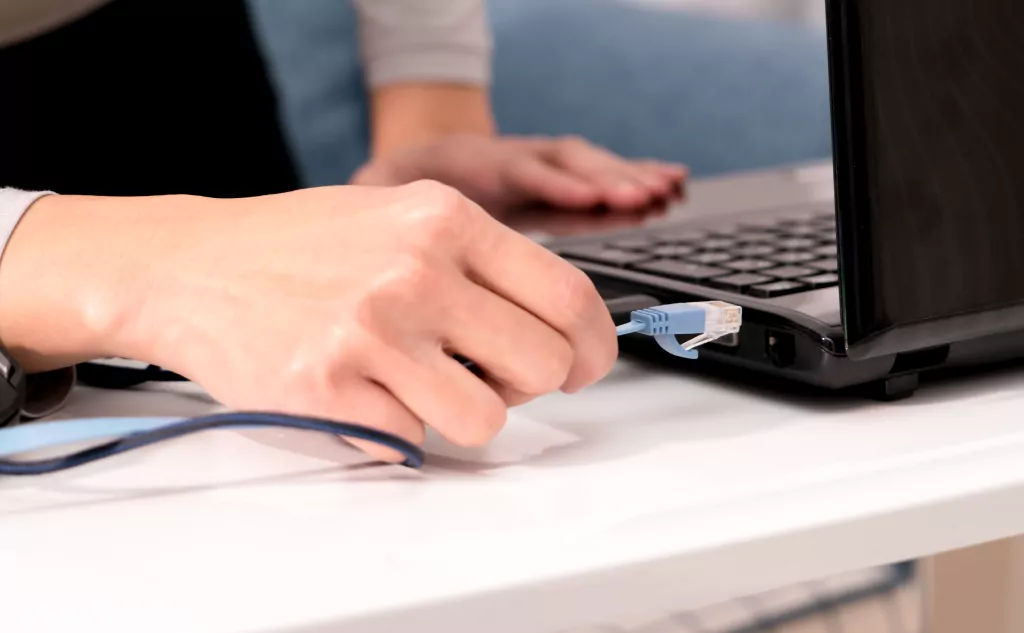In today’s interconnected world, a stable internet connection is vital for seamless communication and productivity. However, you may encounter a frustrating situation where your Ethernet light is blinking on the modem and your Ethernet is connected, but no internet access.
This enigmatic issue can leave you scratching your head, wondering what could be causing the problem. Don’t worry; we’ve got you covered!
In this article, we’ll delve into the reasons behind the internet light blinking on the router despite the absence of an internet connection. We’ll explore the intricacies of Ethernet connections, decipher the mysterious blinking lights, and guide you through a step-by-step troubleshooting process.
By the end, you’ll be armed with the knowledge to diagnose and potentially resolve this perplexing issue, ensuring you stay connected to the digital world. So, let’s dive right in!
What You Need to Know When Ethernet is Connected but No Internet
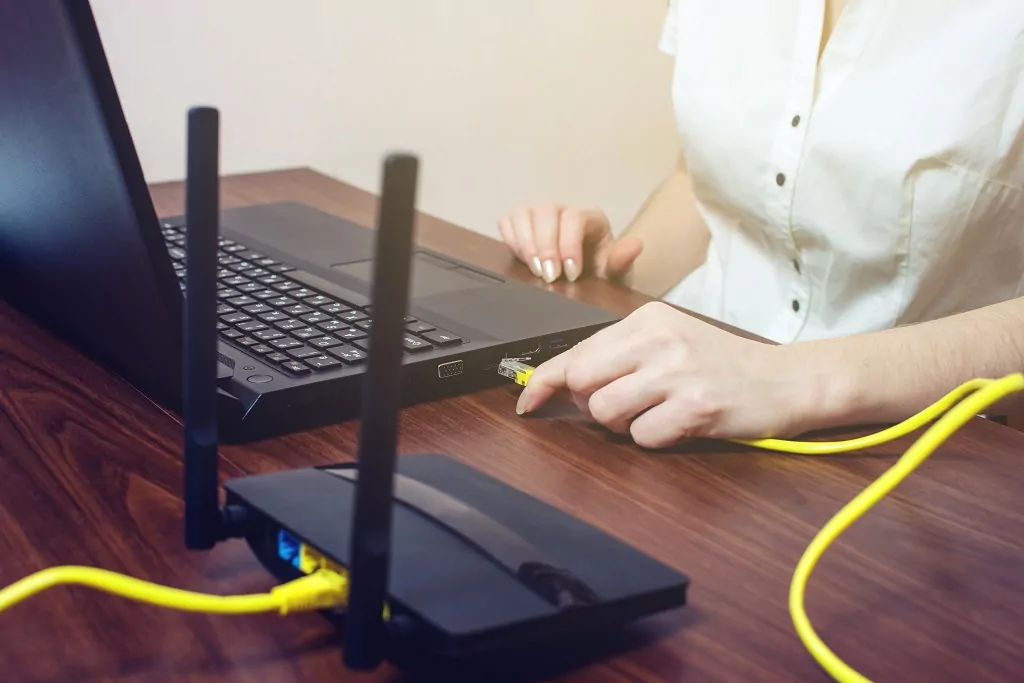
What the Ethernet Light Means
It’s easier to understand how the light can blink when you have no internet connection if we break down what the lights are specifically telling you.
We’ll also cover how an Ethernet connected a device accesses the internet.
Starting with the first fact, the Ethernet light blinking on the modem tells you that data is actively running across the Ethernet cable.
It doesn’t tell you what that data contains or where it is ultimately being sent.
It only verifies that the two ports attached at each end of the cable have a working and active connection.
How Ethernet Connections Work
So, how does that cable actually give you internet access? Well, Ethernet connections require a few intermediate steps to connect you with the rest of the world through internet.
First, your device (let’s call it a computer to keep things easy) has an Ethernet port. You plug a cable into it, and on the other end, you attach the cable to a switch.
This is the first important distinction. You might think that you connect your computer directly to your modem, but that isn’t quite right.
Ethernet connections have to run through a switch before they talk to a modem. The switch handles all of the local traffic on your network.
Most modern modems have a switch built into them, so the switch and modem form an all-in-one device, but it’s important to mention the switch.
The switch itself connects directly to the modem, and the modem connects to the rest of the internet. When we boil all of this down, we get to the technical answer to our original question.
The the Ethernet light can be blinking on the modem even when there is no internet because the connection to the switch is fine.
The switch and your computer can send data back and forth, even though the connection from the switch to the rest of the internet isn’t working.
That breakdown can exist between the switch and the modem, or it can exist between the modem and other parts of the greater internet. We’ll cover some of that next.
Overview of the Troubleshooting Process
In a nutshell here’s how to fix a blinking Ethernet port light when connected but still have no internet (we will explore each step in detail further down):
If your Ethernet light is blinking, but you’re still not connected to the internet, the cable is working, but your modem is not.
First, make sure your Ethernet cable is really connected but still have no internet. Then troubleshoot your connection by either soft resetting or hard resetting your modem and using known-good components.
Let’s explore how to get things back up and running, step-by-step, below:
How to Troubleshoot No Internet when Ethernet Connected? (5 Steps)
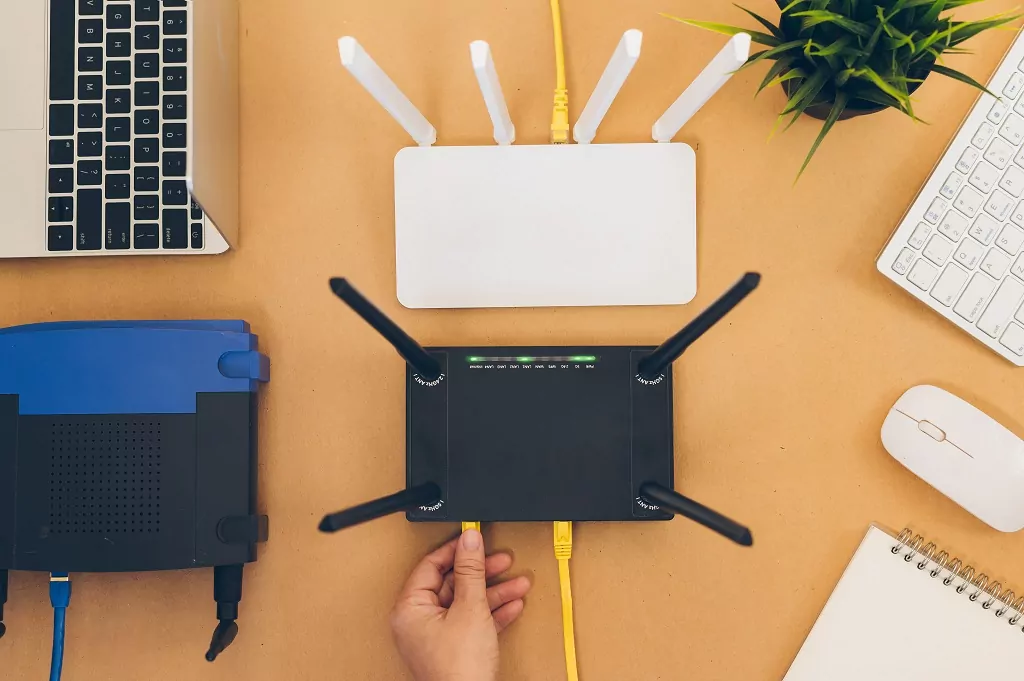
The whole reason the Ethernet light is blinking on the modem is to help you quickly analyze your network. Learn all about the different meanings of Ethernet light colors here.
It’s most useful when things aren’t working. If you have no internet, but the internet light is blinking on the router, you know that connection directly from the computer to the switch is fine.
That helps you narrow down the problem in an instant to find a remedy that much faster.
The following steps will help you continue the process of elimination to find out why when your Ethernet cable is connected you still have no internet. Once you know where the problem is located, the solution usually reveals itself.
#1 Verify Internet Access

Before you go deep down the troubleshooting rabbit holes, you want to start with the simplest test.
You need to be sure that you don’t have internet access, and this is a little trickier than it sounds. It’s entirely possible for one website or app to fail to load even when your internet access is working fine.
There are two quick tests you can do with a web-enabled device to make sure your internet connection really isn’t working.
For the first test, open a browser and navigate to ismyinternetworking.com.
This site will actively test your connection to see if it works. If you can’t load this site, there’s a good chance your internet access is out across the board.
An alternative test you can perform is a speed test. Speedtest.net and plenty of comparable sites and apps can perform a quick connection test for you.
These tests will make sure you can connect, and they can even tell you how fast your connection is. If you can perform a speed test, your internet access is fine, and you’re done troubleshooting this problem.
If you can’t perform a speed test, it’s time to move on to the next step and find out why you have no internet, so keep your Ethernet cable connected.
#2 Test the Connection
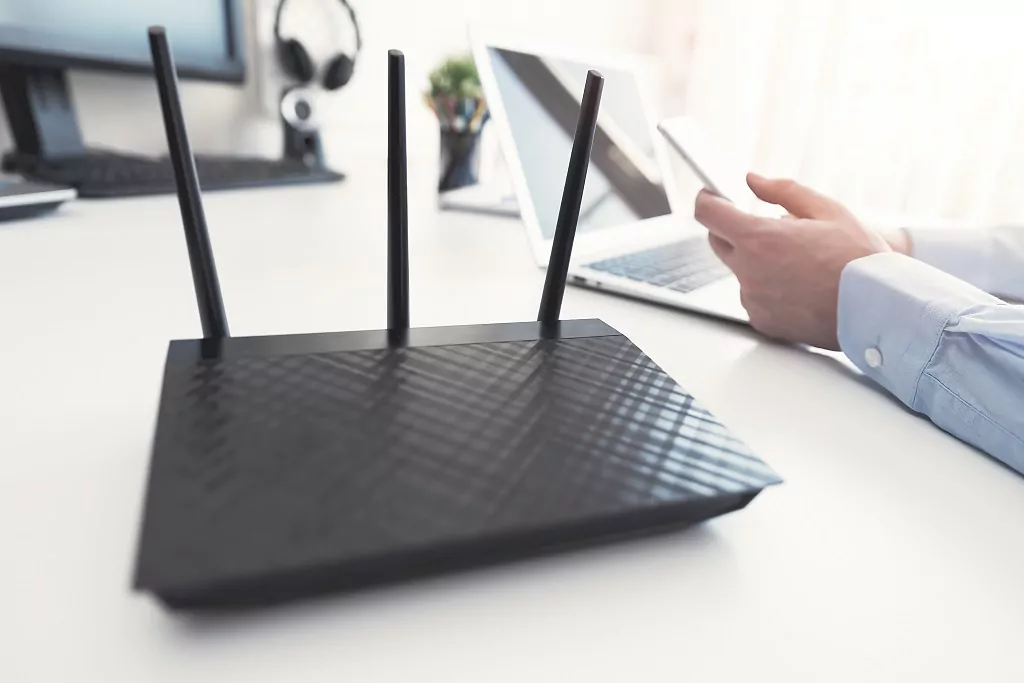
For this step, you want to see if you can connect to the modem itself.
To do this, you might have to look up some specifications for your modem, which can be tricky if your internet access is unreliable.
The good news is that many modems have this information on a sticker on the back or bottom.
If there is no such sticker, then you might have luck using an LTE connection via a smartphone, or you can try connecting to a network other than your own (like at a neighbor’s house or coffee shop).
So, here’s how the test works. Every modem has a special address that can be used to control its settings. This address will be in IP format, meaning it’s a series of numbers and periods.
To find the right address, you can look up most addresses for most modems using this guide. Once you know the address, all you have to do is type it into your web browser.
It should use a page with a login screen. You don’t even need to log in.
If you can load this page, it means you can connect to the modem. Via the Ethernet cable, you are successfully connected to the modem, but still may have no internet.
That tells you that the problem exists outside of your device, and the best solution is to contact your internet service provider (ISP).
The issue exists somewhere in their infrastructure, and only they can fix it.
If you can’t load the login page, even if the Ethernet light is blinking on the modem, then it means you can’t connect to your modem, so it’s time for a few more tests.
#3 Still No Internet when Ethernet Connected: Soft Reset Your Modem
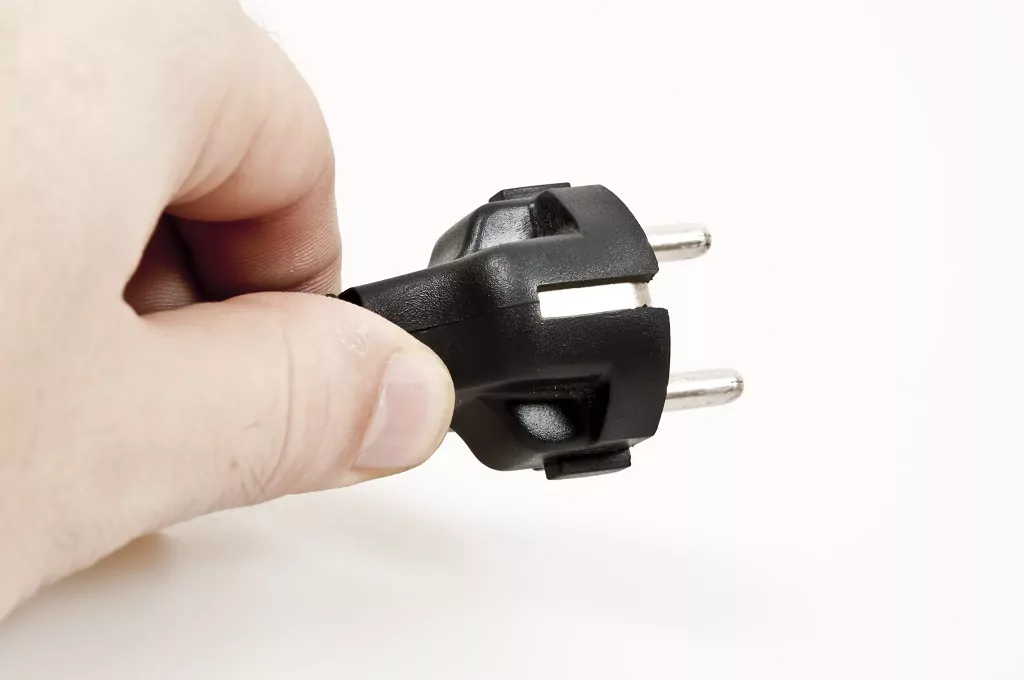
Now that you have established that the problem is with your modem, the first thing you want to do is try a soft reset.
This will force your modem to go through an automated checklist that resolves the majority of problems that lead to this situation.
Soft resets are easy.
Unplug the modem so that it has no power. Leave it unplugged for 30 seconds; then, plug it back in. It will go through its normal startup procedure, which can take up to a few minutes.
That’s all you have to do for a soft reset. Once the lights on the modem look normal again, it’s done with its procedures.
If your internet is now working, you’re done.
If it’s still not working, we move on to the next step. Before you move on, it’s important to stress one point. Waiting 30 seconds before you plug the modem back in is an integral part of this reset.
Your modem can store about 30 seconds of power which allows it to remember what it was doing. When your Ethernet is still connected but no internet, you want the modem to lose all of this power and forget everything for complete reset.
Forgetting is what triggers the soft reset.
#4 Hard Reset Your Modem
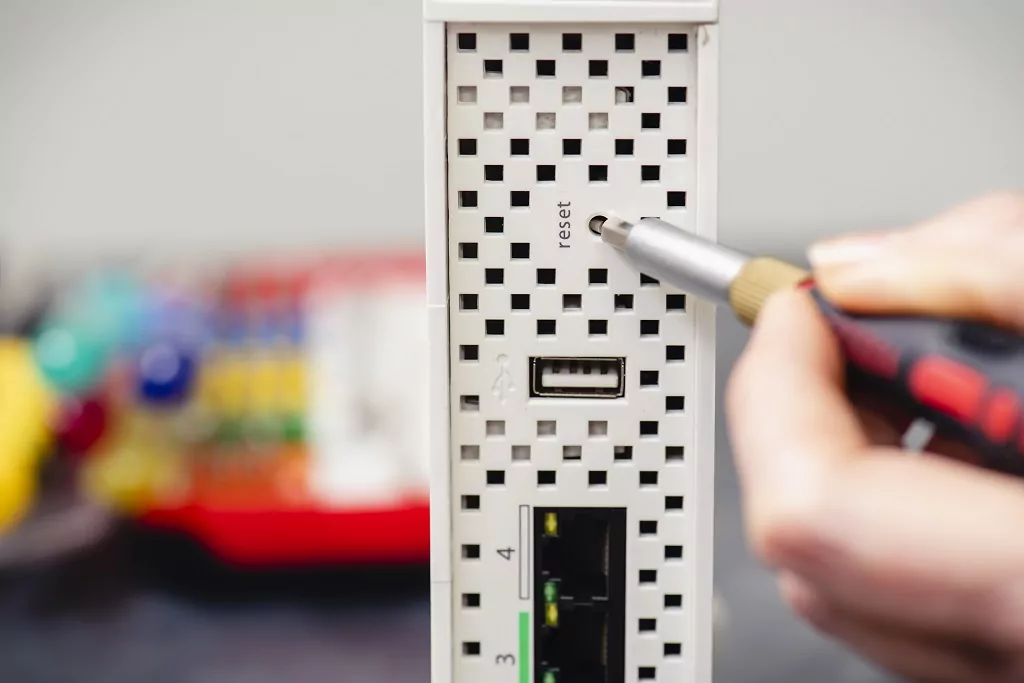
Ok. The soft reset didn’t work.
We can go through a hard reset. This removes some settings that are not touched by the soft reset.
This eliminates more common problems and will fix the majority of issues that weren’t covered by the soft reset.
Modern modems have a reset button. It is usually difficult to access so that resets don’t happen by accident.
Typically, you can find the reset button on the back of your modem. It will be recessed, so you will need to use a pin (or something small) to press the button.
The location does vary by make and model, so you might need to look up the location of the reset button if you can’t find it.
To reset the modem, leave it plugged in and operating.
Press and hold the button until you see the light pattern change on the front of the modem.
For most brands, the lights will all go off. That indicates that the reset is complete, and you can let go of the button. If that doesn’t happen, look up the steps to hard reset your particular model of modem.
Like the soft reset, the hard reset will force the modem to go through a number of procedures, and this process can take several minutes.
When everything is done, and the lights look normal, check your internet connection.
If, after all of this, it still doesn’t work, you have an abnormal issue. The good news is that a few more tests can help you find the problem.
#5 Use Known Good Components
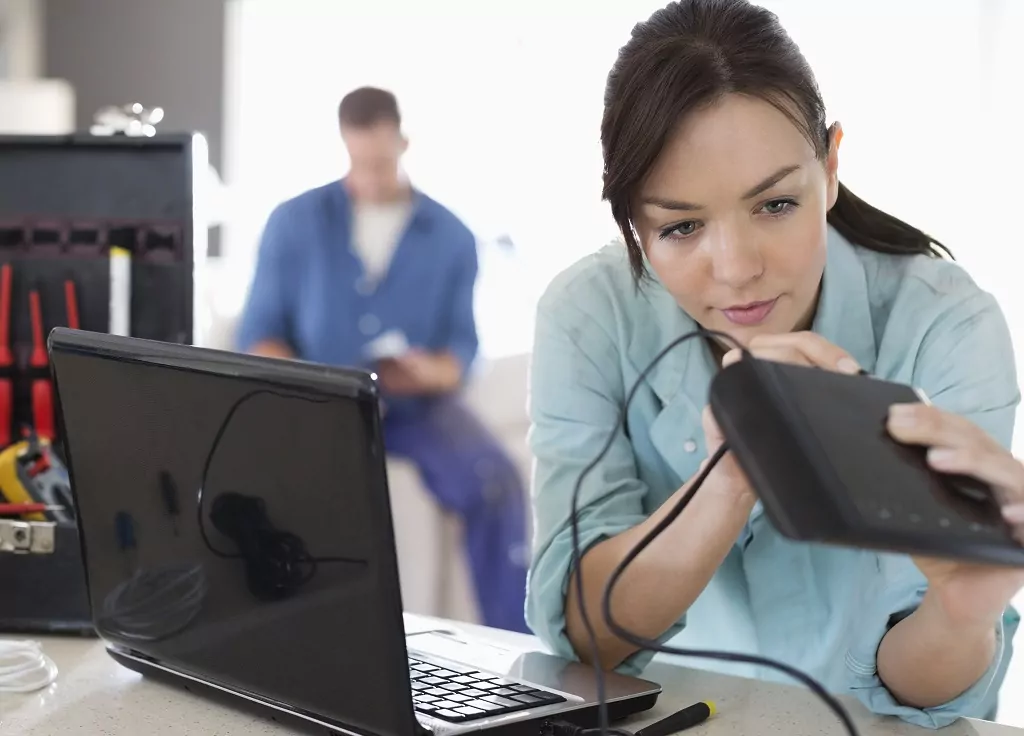
The final method of troubleshooting internet connections is to test individual components.
This process involves finding duplicates of things that you know already function. Considering the tests you did before this point, it’s best to start with a known good modem.
Now, that represents the first challenge. You need to get your hands on a modem that is confirmed to be working.
Ideally, you can borrow one from a friend or relative. Whatever means you use, you can plug a working modem into your network to see how things operate.
If it works, you know that your modem is the point of failure. If the known-good modem also fails, then this problem isn’t relegated to your portion of the network.
It’s an ISP problem, and you should contact them for troubleshooting assistance. Now you know why, even with your Ethernet cable connected and Ethernet light blinking, you may be getting no internet connection.
You also know how to use that information to find the root of the problem.

